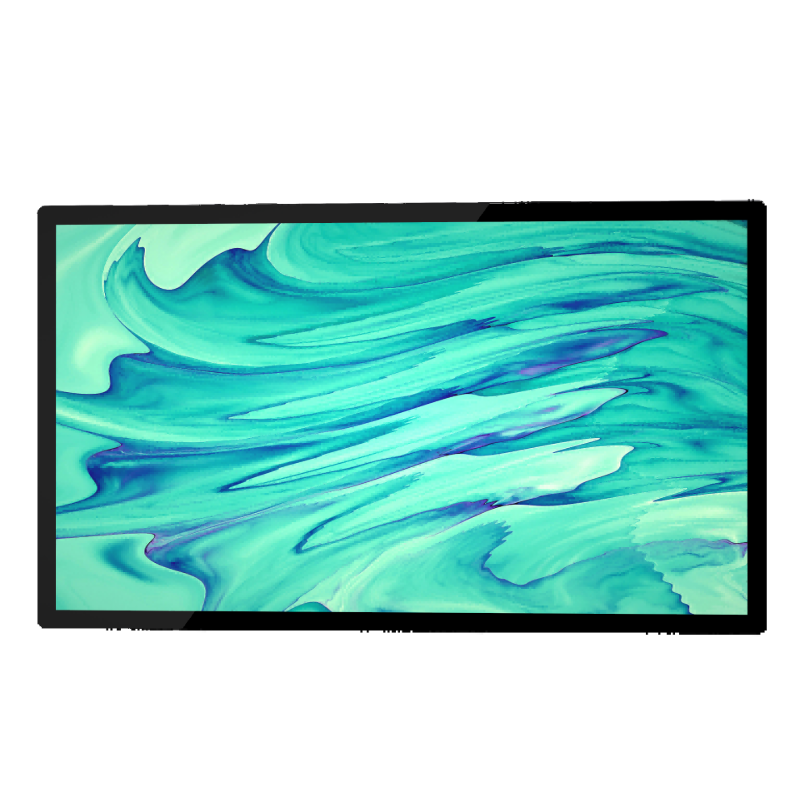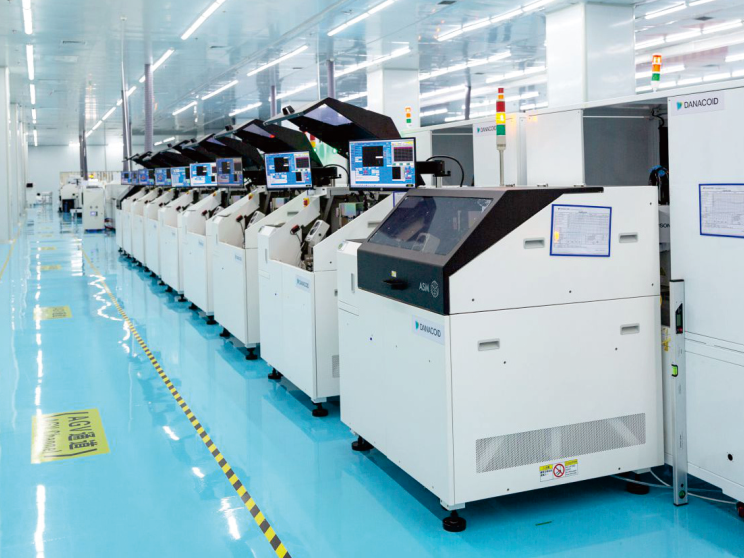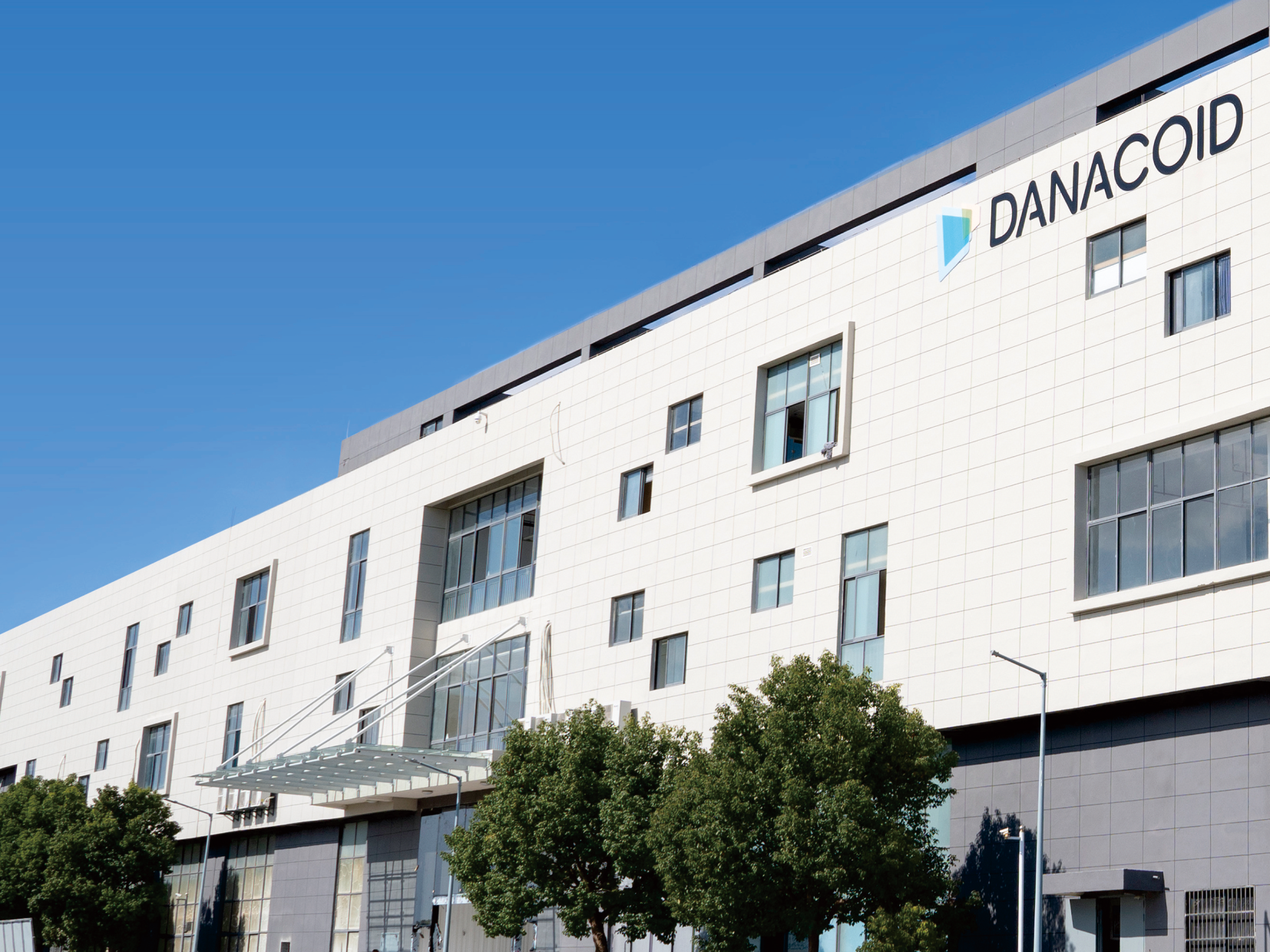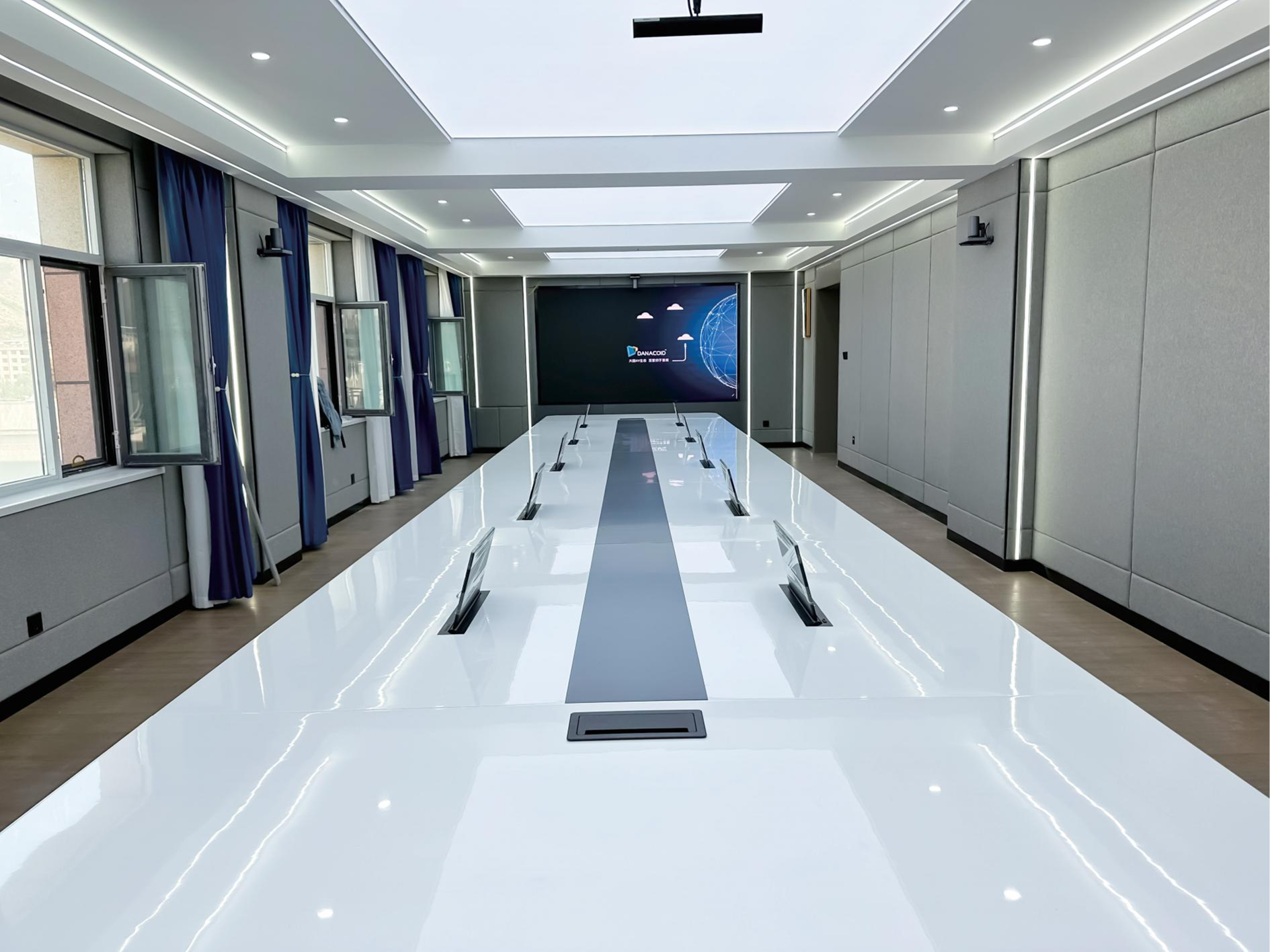Modern visual communication has evolved dramatically with the introduction of advanced display technologies that deliver unprecedented clarity and engagement. High-definition LED displays have revolutionized how businesses, organizations, and institutions present information to their audiences, offering crystal-clear imagery that captures attention and maintains viewer interest. These sophisticated display systems combine cutting-edge LED technology with superior resolution capabilities, creating immersive visual experiences that far exceed traditional display methods. The impact of high-definition LED displays extends across multiple industries, from corporate environments and educational institutions to retail spaces and entertainment venues, where visual clarity directly influences audience engagement and information retention.

Superior Visual Quality and Display Performance
Enhanced Resolution and Pixel Density
The foundation of exceptional viewer experiences lies in the superior resolution capabilities that high-definition LED displays provide. These advanced systems deliver pixel densities that ensure crisp, detailed imagery regardless of viewing distance or ambient lighting conditions. The enhanced resolution creates sharper text, more vibrant colors, and clearer graphics that maintain their quality even when displaying complex visual content. This level of detail is particularly crucial in professional environments where information accuracy and visual appeal directly impact communication effectiveness.
Advanced pixel arrangements in modern LED display systems contribute to smoother color transitions and reduced visual artifacts that can distract viewers. The improved pixel density allows for seamless scaling of content across different display sizes without compromising image quality. This technical advancement ensures that whether displaying detailed charts, high-resolution photographs, or intricate graphics, the visual output remains consistently sharp and professional.
Color Accuracy and Brightness Optimization
Professional-grade high-definition LED displays incorporate advanced color calibration systems that ensure accurate color reproduction across the entire display surface. This precision in color handling creates more engaging visual presentations that accurately represent brand colors, product imagery, and detailed graphics. The enhanced brightness capabilities of these displays maintain visibility in various lighting conditions, from dimly lit conference rooms to bright retail environments.
Dynamic brightness adjustment features automatically optimize display performance based on ambient lighting conditions, ensuring optimal viewing comfort while maintaining energy efficiency. This intelligent brightness management prevents eye strain during extended viewing periods and ensures that content remains clearly visible throughout the day. The combination of accurate colors and optimal brightness creates an immersive viewing experience that keeps audiences engaged and focused on the displayed content.
Interactive Capabilities and User Engagement
Touch-Responsive Interface Technology
Modern high-definition LED displays often integrate sophisticated touch-responsive technology that transforms passive viewing into interactive experiences. These touch-enabled systems respond instantly to user input, allowing viewers to navigate through content, access detailed information, and engage with interactive elements seamlessly. The precision of touch recognition in these systems ensures that user interactions feel natural and responsive, encouraging deeper engagement with displayed content.
Multi-touch capabilities enable simultaneous interaction by multiple users, making these displays ideal for collaborative environments and public spaces. The responsive nature of these interfaces reduces user frustration and creates intuitive navigation experiences that appeal to users of all technical skill levels. This interactivity transforms traditional one-way communication into dynamic, engaging experiences that hold viewer attention for extended periods.
Real-Time Content Management
Advanced content management systems integrated with high-definition LED displays enable real-time content updates and dynamic information delivery. This capability ensures that displayed information remains current and relevant, automatically updating schedules, announcements, and other time-sensitive content without manual intervention. The seamless content management enhances the viewer experience by providing consistently fresh and accurate information.
Remote content control capabilities allow administrators to manage multiple displays from centralized locations, ensuring coordinated messaging across different locations or departments. This centralized control system maintains content consistency while allowing for location-specific customization when needed. The ability to instantly update content ensures that viewers always receive the most current information, enhancing the reliability and effectiveness of the communication system.
Installation Flexibility and Space Optimization
Versatile Mounting Solutions
High-definition LED displays offer extensive mounting flexibility that accommodates various architectural requirements and space constraints. Wall-mounted installations provide sleek, space-efficient solutions that integrate seamlessly with existing interior designs while maximizing floor space utilization. The slim profile of modern LED displays allows for installation in locations where traditional display systems would be impractical or visually intrusive.
Professional installation systems ensure secure mounting that can support the weight and dimensions of large-format displays while providing adjustment capabilities for optimal viewing angles. The modular design of many LED display systems allows for custom configurations that match specific space requirements and viewing patterns. This flexibility ensures that the display installation enhances rather than compromises the aesthetic appeal of the installation environment.
Scalable Display Configurations
Modular LED display systems enable scalable installations that can grow with changing requirements and space availability. Individual display panels can be combined to create larger viewing surfaces or arranged in custom configurations that maximize visual impact while fitting specific architectural constraints. This scalability ensures that organizations can invest in display systems that adapt to future needs without requiring complete replacement.
The ability to create seamless multi-panel displays allows for immersive visual experiences that extend beyond the limitations of single-screen presentations. These expandable systems maintain consistent image quality across all connected panels, creating unified visual experiences that capture and hold viewer attention effectively. The modular approach also simplifies maintenance and allows for selective panel replacement when necessary, reducing long-term operational costs.
Energy Efficiency and Environmental Impact
Advanced Power Management Systems
Contemporary high-definition LED displays incorporate intelligent power management systems that significantly reduce energy consumption compared to traditional display technologies. These systems automatically adjust power usage based on content requirements, ambient lighting conditions, and usage patterns, minimizing operational costs while maintaining optimal display performance. The efficiency improvements contribute to reduced environmental impact and lower total cost of ownership.
Sleep mode functionality and automated scheduling systems further enhance energy efficiency by powering down displays during inactive periods while maintaining instant wake-up capabilities when needed. These power management features ensure that energy consumption aligns with actual usage patterns, eliminating waste while ensuring reliable operation. The environmental benefits of reduced energy consumption align with corporate sustainability goals while providing measurable cost savings over the display lifecycle.
Sustainable Manufacturing and Longevity
Modern LED display manufacturing processes increasingly emphasize sustainable materials and production methods that minimize environmental impact while ensuring product longevity. The extended lifespan of high-quality LED displays reduces replacement frequency and associated environmental costs of disposal and manufacturing. Robust construction and quality components ensure reliable operation over many years, maximizing the return on investment while minimizing environmental impact.
Recyclable components and responsible disposal programs support end-of-life environmental stewardship, ensuring that display systems contribute positively to environmental sustainability throughout their entire lifecycle. The durability and longevity of professional LED displays reduce the need for frequent replacements, further minimizing environmental impact while providing consistent performance over extended periods.
FAQ
What makes high-definition LED displays more engaging than traditional displays
High-definition LED displays provide superior image quality with enhanced resolution, accurate colors, and optimal brightness that creates more visually appealing content. The interactive capabilities, real-time content management, and responsive touch interfaces encourage active viewer participation rather than passive observation. These features combine to create immersive experiences that hold attention longer and improve information retention compared to traditional static displays.
How do LED displays maintain image quality in different lighting conditions
Advanced LED displays incorporate automatic brightness adjustment systems that continuously monitor ambient lighting and optimize display brightness accordingly. The high brightness capabilities of LED technology ensure visibility even in bright environments, while intelligent dimming prevents eye strain in darker conditions. Anti-glare coatings and advanced backlighting systems further enhance visibility and image quality across all lighting scenarios.
What are the long-term benefits of investing in high-definition LED displays
Long-term benefits include reduced energy costs through efficient power management systems, extended lifespan that minimizes replacement needs, and scalable configurations that adapt to changing requirements. The superior image quality and interactive capabilities provide ongoing competitive advantages in customer engagement and communication effectiveness. Additionally, the professional appearance and reliability of LED displays enhance brand perception and operational efficiency over many years of service.
How easy is it to update and manage content on LED display systems
Modern LED display systems feature intuitive content management interfaces that allow easy updates through web-based platforms or dedicated software applications. Remote management capabilities enable instant content updates across multiple displays from any location with internet access. Automated scheduling features allow for pre-planned content changes, while real-time update capabilities ensure that urgent information can be displayed immediately when needed.









